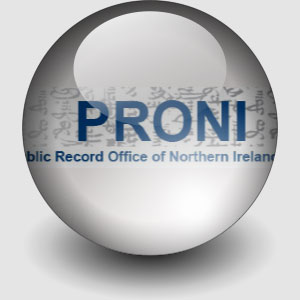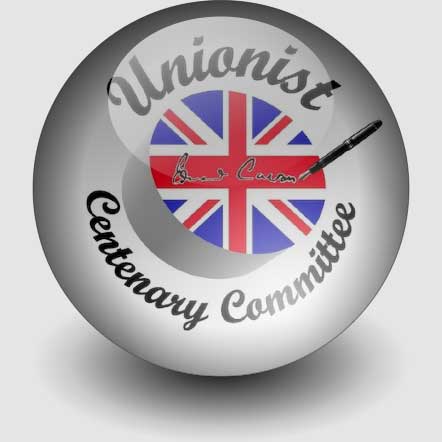The Covenant Trail
While the Home Rule Bill dragged its way through the Commons, the Ulster Unionists continued making their preparations for active resistance. In January 1912 they had begun to raise and train openly a military force which became known as the Ulster Volunteers. Carson and James Craig (the Unionist MP for East Down) appreciated the importance of maintaining discipline among their followers, partly for propaganda value — to convince public opinion at home and abroad of the solidarity, determination and self-control of Unionists — and tightened up their organisation accordingly.

A solemn and binding oath to resist Home Rule was one means by which Carson and Craig believed they could maintain both cohesion and discipline in their organisation. After much consideration as to wording, it was suggested that a model might be the Scottish National Covenant of 1638 which was a protest against the King's right to determine how the Scottish Church should be governed. A special commission was deputed to adapt the wording to suit Ulster's circumstances, and it was then realised that a shorter and plainer-English version would be more suitable.
This was drafted by Thomas Sinclair, a Belfast merchant and leader of the Ulster Liberal Unionism that had broken with the Liberal party on the Home Rule issue. When it was submitted to the Protestant Churches a crucial change and note of caution was introduced: the Presbyterians advised that the obligations on signatories should be confined to the present crisis as no one could predict what circumstances might arise in the future.
On 17 August newspapers announced that Saturday, 28 September, was to be 'Ulster Day', when Unionists would dedicate themselves to the Covenant. James Craig masterminded a Covenant campaign of 11 meetings held over 10 days in September 1912, beginning in west Ulster and sweeping towards a crescendo in Belfast. Carson was the principal speaker at these rallies to explain the purpose of the Covenant and the responsibilities involved in signing.

The first meeting was held on 18 September at Enniskillen, where Carson was met at the station by two squadrons of mounted volunteers from the Fermanagh gentry and farmers. From there he was escorted to Portora Hill, where 40,000 members of Unionist clubs marched past him. Next day the text of the Covenant was made available to the press. Those who signed would pledge "to stand by one another in defending for ourselves and our children our cherished position of equal citizenship in the United Kingdom and in using all means which may be found necessary to defeat the present conspiracy to set up a Home Rule parliament in Dublin".
The wording of the Declaration which women would sign differed from that of the Covenant. It allowed women, "to associate with the men of Ulster in their uncompromising opposition to the Home Rule Bill now before Parliament".
That evening's meeting was at Lisburn, County Antrim, where a large number of men paraded carrying dummy wooden rifles, accompanied by bands with torches, fifes and drums. This was the scene at the meetings in various towns over the next week, where the slogan "We will not have Home Rule" was adopted and then abbreviated to “We won't have it".


Interior of Ulster Hall and a scene outside on eve of Covenant Day - (Ulster Museum)

The Covenant campaign culminated in an eve-of-Covenant rally in Belfast's Ulster Hall, where Col. R H Wallace, Provincial Grand Secretary of the Ulster area of the Orange Institution, presented Carson with an ancient-looking yellow silk banner, claimed to have been carried by King William’s troops at the Battle of the Boyne in 1690. This symbolism evoked deep emotion in Carson who exclaimed: "May this flag ever float over a people that can boast of civil and religious liberty!" Craig then gave Carson a silver key symbolising Ulster as the key to the political situation, and a silver pen with which to sign the Covenant.








